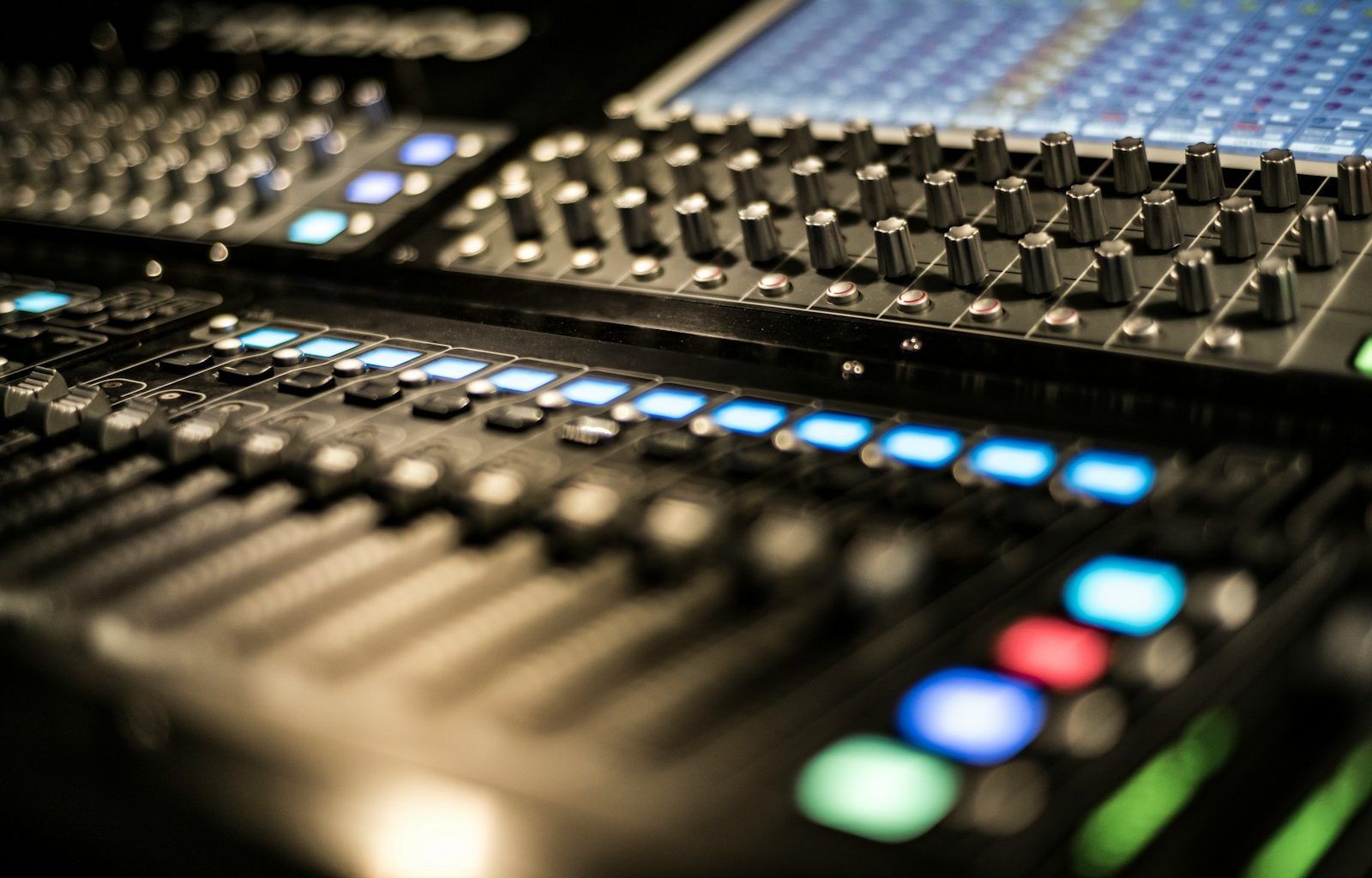Music production has become more accessible than ever. Whether you’re a budding artist or an aspiring producer, learning how to mix and master music is essential to creating tracks that stand out. In this guide, we’ll take you through the entire process, breaking down each step into simple, easy-to-understand instructions. By the end, you’ll have the knowledge to polish your music like a pro.
What is Mixing and Mastering?
Mixing and mastering are two critical stages in music production. While they’re closely related, they serve different purposes:
- Mixing: This involves balancing individual tracks—vocals, instruments, effects—to create a cohesive sound. Think of it as building the foundation.
- Mastering: This is the final polish. Mastering enhances the overall sound, ensures consistency across playback devices, and prepares the track for distribution.
Both stages are equally important for achieving professional-quality music. But don’t worry—you don’t need a fancy studio to get started. With some knowledge and practice, you can mix and master music at home.
Tools You Need to Mix and Master Music
Before diving into techniques, let’s talk about the tools you’ll need:
1. Digital Audio Workstation (DAW)
Your DAW is the core software for mixing and mastering. Popular options include:
- Ableton Live
- Logic Pro
- FL Studio
- Pro Tools
- Reaper
Choose a DAW that feels intuitive to you.
2. Studio Monitors and Headphones
Accurate sound is crucial. Invest in quality studio monitors and a pair of flat-response headphones. These help you hear your music clearly without artificial enhancements.
3. Audio Interface
An audio interface improves sound quality and ensures your gear works seamlessly with your computer.
4. Plugins
Plugins expand your creative possibilities. Essential ones include:
- EQ (Equalizer)
- Compression tools
- Reverb and delay effects
- Limiter for mastering
5. Acoustic Treatment
Even the best gear can’t compensate for a poor listening environment. Add foam panels, bass traps, and diffusers to improve your room’s acoustics.
Step-by-Step Guide to Mixing Music
1. Start With a Clean Session
Organize your project. Label your tracks and group similar sounds together, such as drums, vocals, and instruments. This makes the process smoother.
2. Set Levels
Balance the volume of each track. Start with the loudest elements, like drums or vocals, and adjust everything else around them. Use your ears to ensure nothing’s overpowering.
3. EQ to Shape the Sound
EQ is your best friend when mixing. Use it to:
- Remove unwanted frequencies (low rumble or harsh highs).
- Enhance the key characteristics of instruments.
- Create space for each element by cutting overlapping frequencies.
4. Compression for Control
Compression helps maintain consistent volume levels. Use it sparingly to:
- Smooth out dynamics.
- Add punch to drums and bass.
- Keep vocals prominent in the mix.
5. Add Effects
Reverb and delay can add depth to your mix. Experiment with:
- Subtle reverb for vocals.
- Delay for guitar or synth lines.
- Panning effects to spread sound across the stereo field.
6. Automation for Precision
Automation allows you to fine-tune volume, panning, and effects over time. Use it to highlight transitions or emphasize key moments in your song.
Mastering: The Final Touch
1. Prepare Your Mix
Before mastering, ensure your mix is solid. Export it with plenty of headroom (leave about -6 dB).
2. EQ for Balance
Mastering EQ focuses on the entire mix. Adjust the overall balance to ensure:
- The bass isn’t overwhelming.
- The mids are clear.
- The highs are crisp but not harsh.
3. Compression for Glue
Mastering compression glues your mix together. Use gentle settings to maintain dynamics while adding cohesion.
4. Use a Limiter
The limiter increases the track’s volume to industry standards without causing distortion. Push the gain until your track’s loudness matches commercial music.
5. Check Your Mix on Different Systems
Play your mastered track on various devices (headphones, car speakers, phones) to ensure it sounds great everywhere.
Tips for Success When You Mix and Master Music
- Take Breaks: Ears fatigue quickly. Regular breaks keep your judgment sharp.
- Use References: Compare your track to professional songs in the same genre.
- Stay Objective: It’s easy to get too attached to certain sounds. Be open to making changes.
- Learn from Feedback: Share your work with others and listen to constructive criticism.
Related Articles:
For further reading, explore these related articles:
- How Lil Nas X’s SoundCloud Journey Shaped His Musical Success
- How to Post Music on SoundCloud: Your Ultimate Guide
For additional resources on music marketing and distribution, visit DMT Records Private Limited.





